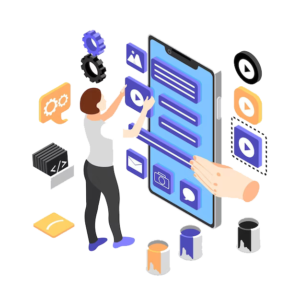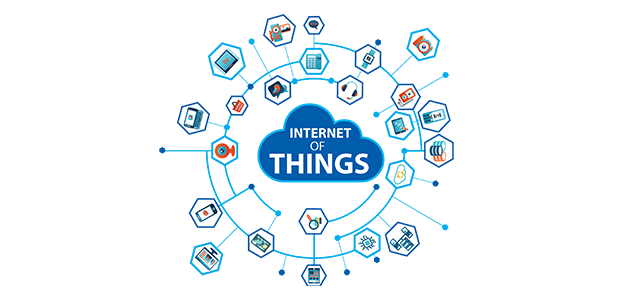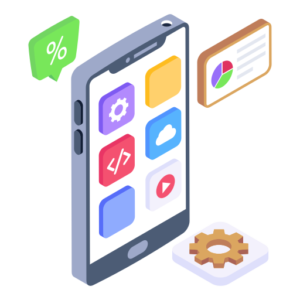
Mobile App Development Trends
Mobile App Development Trends: Because technology is improving faster than ever, mobile app development is still changing at a rapid pace. As 2023 approaches, it’s essential to understand the latest advancements that will affect the mobile app business in the years to come. In this blog, we’ll examine some of the most significant advancements in mobile app development and their effects on the industry.
AI and ML have already had a significant positive influence on mobile app development, and this advantage will only grow. Intelligent chatbots, facial recognition, voice assistants, and customized recommendations are just a few instances of how AI and ML are enhancing user experiences. In 2023 and beyond, expect to see an increase in the number of apps utilizing these technologies to provide personalized and user-friendly experiences for their customers.


The IoT ecosystem is growing quickly, connecting more devices and enabling seamless communication. Mobile applications will be the primary means of controlling and monitoring IoT devices. Wearables, industrial applications, and smart home automation are just a few instances of how mobile apps will gradually integrate with IoT technologies to provide users with greater ease and control.
Due to the popularity of these technologies, there has been a significant growth in the use of AR and VR in smartphone apps. The realms of gaming, entertainment, education, and healthcare are just a few of the industries where AR and VR technologies are transforming user experiences. By 2023, we could see a rise in AR/VR-capable applications that provide users dynamic and interesting content.


The introduction of 5G networks will bring about a radical change in mobile app development. Thanks to its faster speeds, reduced latency, and more capacity, 5G will enable the operation of more sophisticated and data-intensive apps. Mobile apps with 5G support should provide seamless cloud integration, HD video, and real-time streaming.
PWAs combine the best elements of online and mobile applications. It is not required to install these lightweight, responsive web applications in order to take use of app-like features. PWAs are inexpensive and accessible to a wider user base due to their compatibility with a broad variety of hardware and operating systems. In the years to come, PWAs will continue to grow in popularity as businesses discover they can connect with customers without creating native apps.


The primary factors driving mobile app development in 2023 and beyond will be the advent of PWAs, IoT connections, AR/VR experiences, 5G technologies, and the integration of AI and ML. These advancements will impact our usage of mobile applications, enhancing their fluidity, realism, and personalization. Businesses and mobile app developers must keep a close eye on these advancements if they hope to stay ahead of the curve in this fast-paced industry. Embracing these changes will enhance user engagement and open up fresh possibilities for expansion and creativity.
